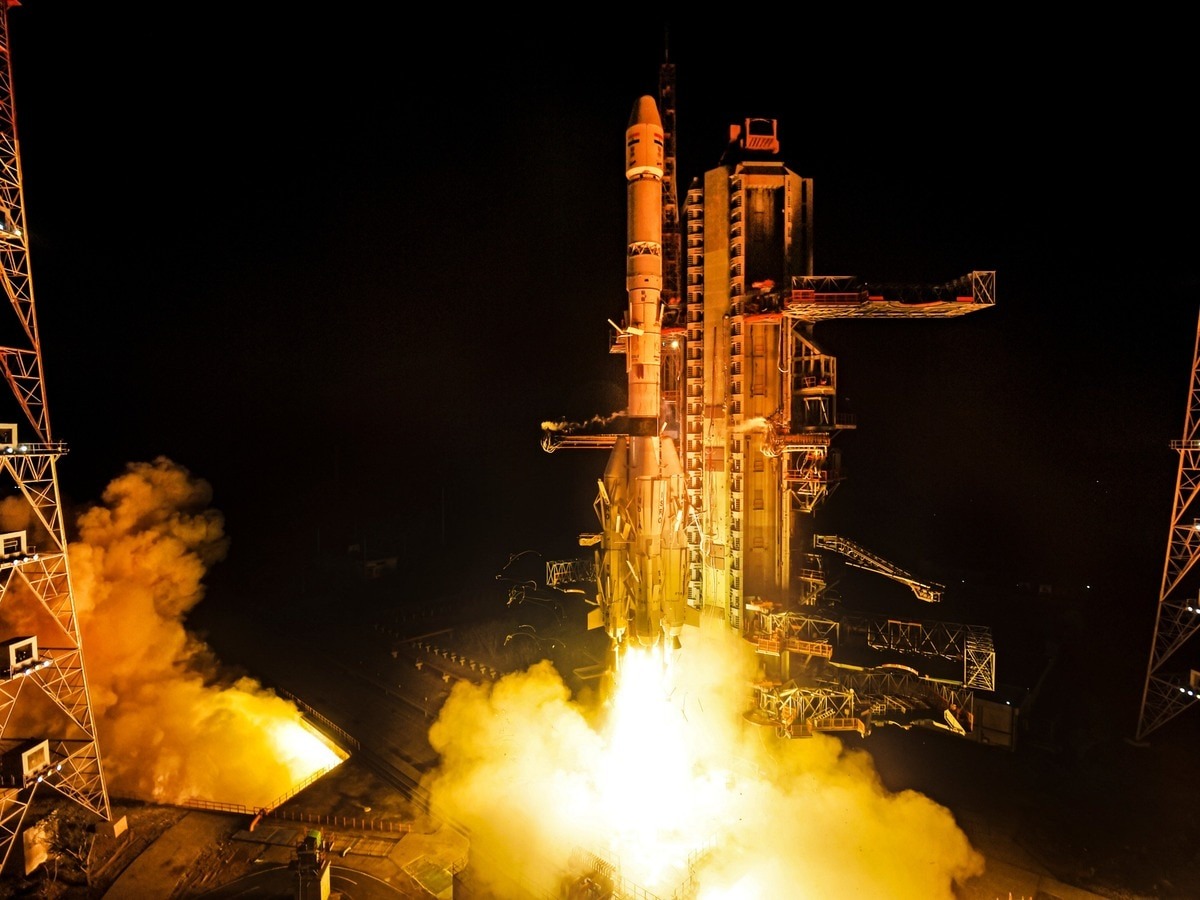The Indian Space Research Organization (ISRO) has announced successfully completing a 1,000 -hour lifetime test on the 300 MN (Millinuton) ‘Stationary Plasma Threster’. This has been developed for use in the electrical propulsion system of state -of -the -art thruster satellites, allowing the traditional chemical propulsion system to be replaced.
New direction of electrical propulsion system
The objective of ISRO is to adopt the entire electrical propulsion system in future communication satellites, so that orbiting and other works will be done more efficiently. The use of this technique will reduce the cost launch and increase the transponder capacity of communication satellites.
Technical features and testing process
-
In this thruster, ‘Genon’ gas has been used as a proponent (fuel).
-
The specific impulse of the electric propulsion system is six times more effective than the traditional propulsion system.
-
The test was performed in a special chamber at a full power capacity of 5.4 kW, which rebuilds space -like conditions.
-
During the test, the erosion of the ‘electrode liner’ was constantly monitored, which confirmed its long -term reliability.
An important achievement for ISRO
ISRO said that this test has proved to be a milestone in proving the reliability and strength of the thruster. With this success, in future communication satellites will pave the way for the use of the electric propulsion system, which will save fuel and increase the efficiency of space missions.
The post ISRO successfully completed the 1,000 -hour plasma thruster test, the revolutionary change in communication satellites will be first appeared on News India Live | Breaking India News, The Indian Headline, India Express News, Fast India News.
